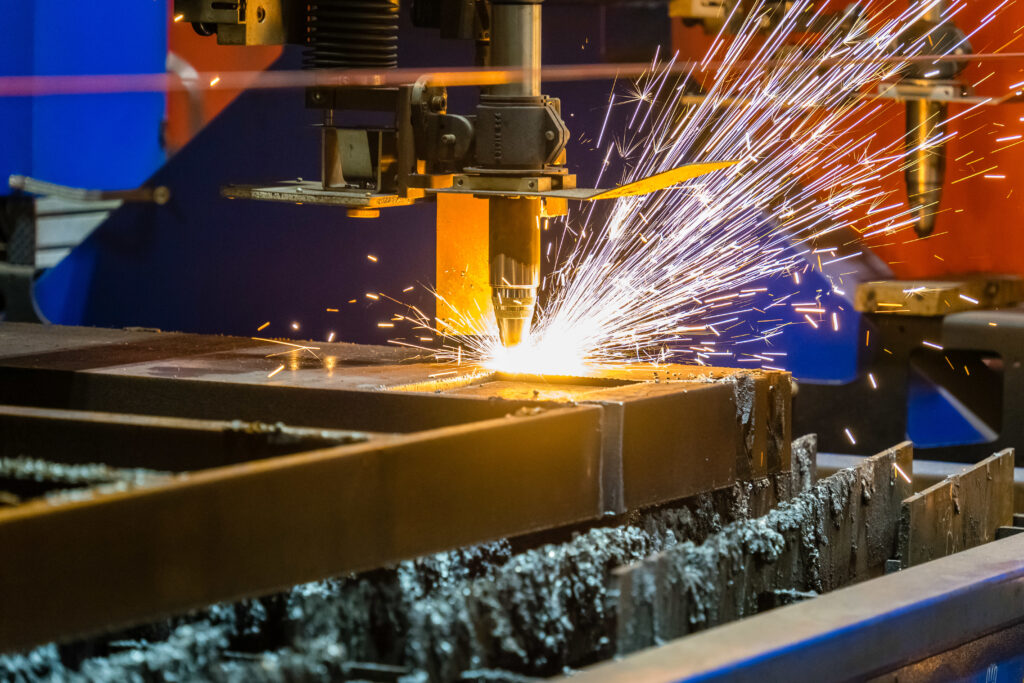In the world of machining, the use of milling machines is pivotal for creating precise and complex parts. These machines offer versatility in performing a wide range of operations, including cutting, drilling, shaping, and slotting, making them indispensable in the production of diverse components required across multiple industries.
Among the various types of milling machines available, two primary variations stand out: horizontal and vertical milling machines. Each serves distinct purposes and offers unique advantages in the manufacturing process.
In this blog, let’s compare between vertical and horizontal milling machines and what they are best suited for.
Horizontal Milling Machines
Horizontal milling machines feature horizontally oriented spindles, with cutters mounted on a horizontal arbor across the table. These machines are known for their versatility in handling heavier, more substantial pieces of work and are ideal for cutting grooves, slots, and gears.
While 3-axis machining is highly capable and cost-effective for simpler geometries, it has limitations in producing complex shapes, curves, and undercuts due to the fixed cutting angles.
Difference Between Horizontal Milling Machine and Vertical Milling Machine
Horizontal and vertical milling machines differ primarily in their spindle orientation and the types of tasks they excel at performing. Here are the differences in detail:
Horizontal Milling Machine | Vertical Milling Machine | |
Spindle Orientation | The spindle in a horizontal milling machine is positioned horizontally, parallel to the worktable | The spindle in a vertical milling machine is positioned vertically, extending downward from the workpiece. |
Operations | Ideal for heavier, multi-axis operations, cutting grooves, slots, and gears due to its horizontal spindle orientation. | Effective for simpler tasks like drilling or plunge cutting due to its vertical spindle orientation. |
Precision | Offer high precision for specific types of tasks. | Highly efficient for creating precise holes and small features on a workpiece. |
Complexity | Offers versatility in handling intricate tasks and larger workpieces. | Primarily used for tasks that require precision along a single axis or plane. |
Chip Removal | Easier chip removal due to the horizontal layout, contributing to smoother machining operations. | As the spindle is positioned vertically, chips tend to accumulate around the cutting area. |
Space Utilisation | Occupy more floor space due to their layout. | Takes up less floor space and is suitable for smaller-scale operations. |
Usage | Suited for complex and heavy-duty machining tasks. | Ideal for simpler and precision-based machining tasks. |
How to choose between the two?
Horizontal milling machines are versatile, handling larger and more complex operations, while vertical milling machines are efficient for simpler tasks and offer space-saving benefits. So, the choice between the two depends on the specific machining requirements and the complexity of the workpieces involved.
Whether you’re seeking a vertical or horizontal milling machine, Ray Mechatronics provides a diverse selection to cater to various manufacturing needs. With an emphasis on quality and performance, our range of machines allows businesses to elevate their machining capabilities. We offer an extensive range of milling machines from top brands, ensuring precision, reliability, and efficiency in machining processes. Connect with us for further queries.






